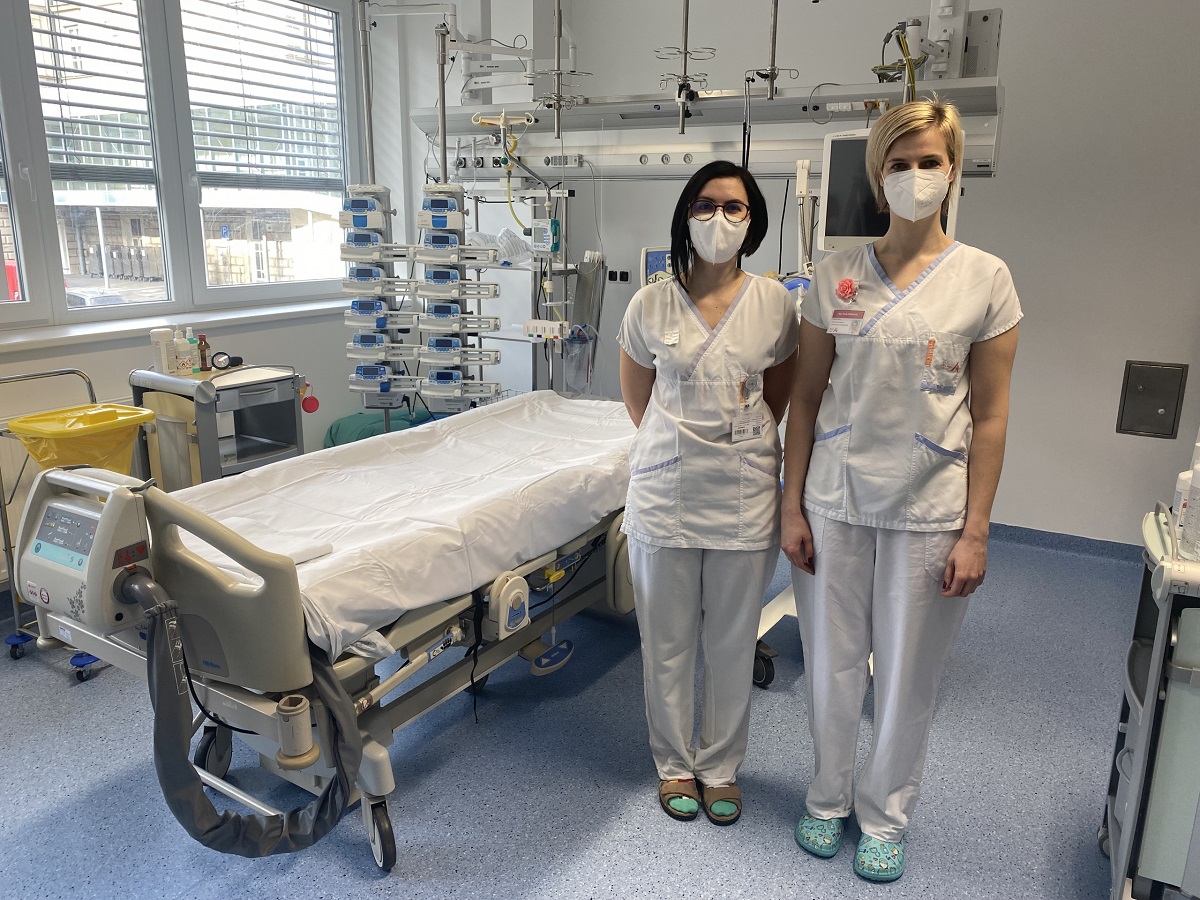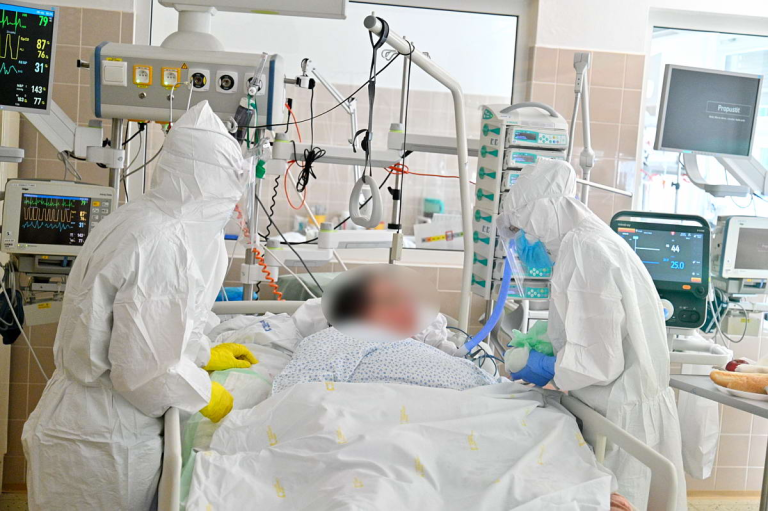Lower back pain is more common in general nurses than in other health jobs. Photo credit: Syri.cz.
Czech Republic, Dec 14 (BD) – Almost 100% of Czech nurses complain of back pain. According to researchers at the SYRI National Institute, the widespread prevalence of back pain may be one of the reasons why nurses are leaving the profession to find other, less strenuous work. While the overall number of nurses in the healthcare system has increased slightly in recent years, there is still a significant deficit of around 1,300 staff in acute inpatient care and more than 500 posts in non-acute inpatient care.
The researchers compared data from the Czech Republic with the situation in the UK, which has a long-standing prevention strategy and measures against back pain and other illnesses for healthcare workers, unlike the Czech Republic. While 84.7% of 569 respondents in a survey of nurses in the UK experience this problem, the equivalent figure in the Czech Republic is an alarming 93% (of 529 respondents).
“In addition to back pain, Czech general nurses also reported a lack of compliance with health and safety at work policies, which impacted the incidence of lower back pain,” said Andrea Pokorná from the SYRI National Institute, who led the research.
The Czech Republic still lacks detailed data collection in this area, despite the crucial importance of nurses to the healthcare workforce. At the same time, the Czech Republic does not yet recognise so-called musculoskeletal low back pain as a work-related condition. One of the motivations of the SYRI researchers was to change this, on the basis of more detailed data.

“Our study was limited to existing staff, and did not include nurses who left or changed jobs because of back pain or other health problems arising from their work. This was only the tip of the iceberg,” said Pokorná, adding that one of the next goals is to reach out to nurses who have left the profession due to health problems.
“Underestimating the severity of the prevalence of low back pain and its psychosocial impact may be the cause of further turnover of non-medical health care staff and especially general nurses, who spend most of their time at the bedside,” she said. Together with colleagues Andrea Gilchrist and Denise Porter from the SYRI National Institute, the aim is to investigate the current situation and suggest appropriate preventive measures.
The issue of back pain is an important part of research activities in social sciences, occupational medicine, and human resources management, especially in the West. According to Pokorná’s findings, “the general prevalence of low back pain appears to be higher among [female] nurses and caregivers than among women of similar age in the general population.”
This is confirmed by the experience of St. Anne’s University Hospital in Brno (FNUSA). The nursing profession places a great deal of stress on the musculoskeletal system, as it commonly involves bedside bending, rotation, and repeated static loading of the lower spine during the handling of patients.
“Unfortunately, our hospital is no exception,” said Jana Zvěřinová, FNUSA’s deputy for nursing care. “We are aware of this problem, and in the past, together with our physiotherapists, we have introduced ‘Back to School’ seminars as prevention and will repeat them.” An ergonomic assessment of the premises, and the consequent purchase of new beds and aids for easier patient handling are also underway. “However, many situations arise in patient care that require a quick, immediate response, in which the nurse is thinking primarily about providing assistance to the patient and concern for their back is secondary,” Zvěřinová added.
Complaints of back pain can impede nurses ability to perform their tasks and daily activities. International experts have long considered this issue to be a major cause of early professional retirement, which in some regions can exacerbate the problem of nurse shortages and lead to an increase in the workload of other hospital staff. One way out of the problem is to introduce policies and regulations promoting the use of hoists and implementing safer patient handling procedures.







